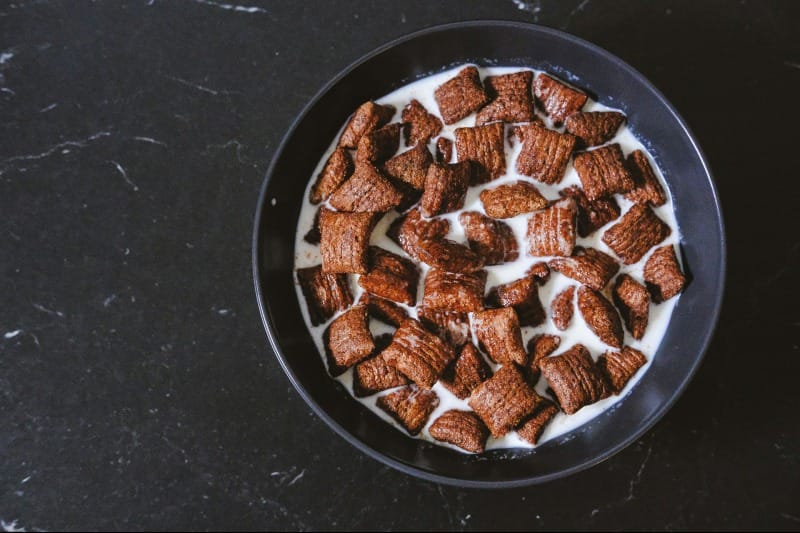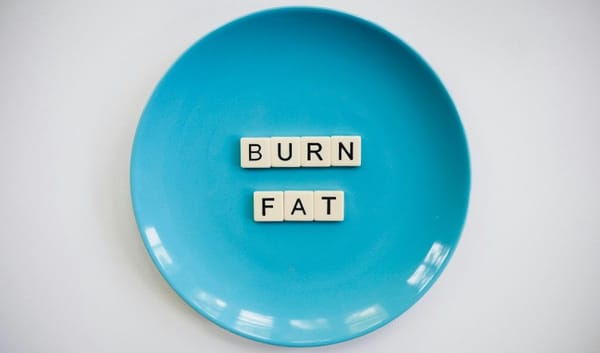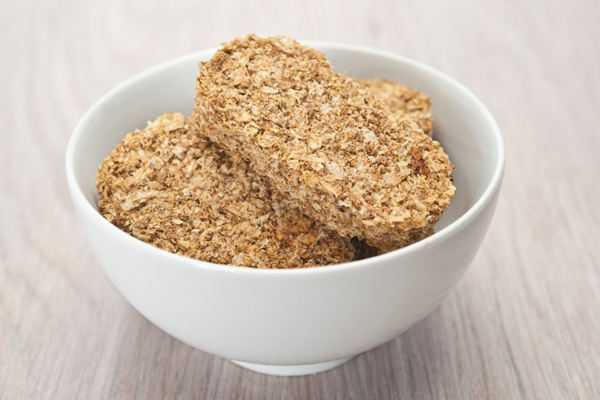Finding a quick, nutritious breakfast can be a challenge. Enter high-fiber cereals - a convenient and delicious way to kickstart your day while supporting your digestive health. This article explores 12 healthy, high-fiber cereals that can help improve your gut health and overall well-being. We'll dive into why fiber is crucial for your body, how much you need, and which cereals pack the biggest nutritional punch.
Key Takeaways:
- High-fiber cereals can significantly improve gut health and digestion.
- Aim for cereals with at least 3 grams of fiber per serving.
- Look for whole grains as the first ingredient and minimal added sugars.
- Top picks include Fiber One Original Bran, Kashi GO, and Barbara's Puffins.
- Combining high-fiber cereals with fruits and nuts can boost nutritional value.
- Gradually increase fiber intake to avoid digestive discomfort.
Why Fiber Matters for Your Gut
Fiber is the unsung hero of a healthy diet. It's a type of carbohydrate that your body can't digest, but it plays a crucial role in maintaining your digestive health. Here's why fiber is so important:
- Promotes Regular Bowel Movements: Fiber adds bulk to your stool, making it easier to pass and preventing constipation.
- Feeds Beneficial Gut Bacteria: Certain types of fiber act as prebiotics, nourishing the good bacteria in your gut.
- Helps Control Blood Sugar: Fiber slows down the absorption of sugar, helping to prevent spikes in blood glucose levels.
- Aids in Weight Management: High-fiber foods tend to be more filling, which can help you eat less and maintain a healthy weight.
- Supports Heart Health: Soluble fiber can help lower cholesterol levels, reducing the risk of heart disease.
How Much Fiber Do You Need?
The average American only consumes about 15 grams of fiber per day, which falls short of the recommended daily intake. According to health experts, adults should aim for:
- Women: 25 grams per day
- Men: 38 grams per day
Starting your day with a high-fiber cereal can give you a significant boost towards meeting these goals.
What to Look for in a High-Fiber Cereal
When shopping for a high-fiber cereal, keep these tips in mind:
- Fiber Content: Look for cereals with at least 3 grams of fiber per serving. The more, the better!
- Whole Grains: Check that whole grains are listed as the first ingredient.
- Sugar Content: Aim for cereals with less than 6 grams of sugar per serving.
- Ingredient List: Choose cereals with a short list of recognizable ingredients.
- Serving Size: Pay attention to the serving size to ensure you're getting the amount of fiber you expect.
12 Healthy, High-Fiber Cereals for Better Gut Health
Now, let's explore 12 top-rated high-fiber cereals that can help improve your gut health:
Fiber One Original Bran
- Fiber: 18 grams per 1/2 cup serving
- Key Features: Extremely high in fiber, low in sugar
Kashi GO
- Fiber: 13 grams per 1 cup serving
- Key Features: Made with whole grains, contains protein
Barbara's Puffins
- Fiber: 5 grams per 3/4 cup serving
- Key Features: Low in sugar, gluten-free options available
Nature's Path Organic Flax Plus Multibran Cereal
- Fiber: 9 grams per 3/4 cup serving
- Key Features: Contains omega-3 fatty acids from flax seeds
Ezekiel 4:9 Sprouted Whole Grain Cereal
- Fiber: 8 grams per 1/2 cup serving
- Key Features: Made from sprouted whole grains, high in protein
Quaker High Fiber Oatmeal Squares
- Fiber: 10 grams per 1 cup serving
- Key Features: Crunchy texture, made with whole grain oats
Kellogg's All-Bran Original
- Fiber: 10 grams per 1/2 cup serving
- Key Features: High in fiber, fortified with vitamins and minerals
Uncle Sam Original Wheat Berry Flakes
- Fiber: 10 grams per 3/4 cup serving
- Key Features: Made with just four ingredients, low in sugar
Cascadian Farm Organic Hearty Morning Fiber Cereal
- Fiber: 10 grams per 1 cup serving
- Key Features: Organic, made with whole grain wheat and corn
Post Shredded Wheat
- Fiber: 6 grams per 1 1/4 cup serving
- Key Features: Made with just one ingredient - whole grain wheat
General Mills Fiber One Honey Clusters
- Fiber: 13 grams per 1 cup serving
- Key Features: Sweetened with honey, contains almonds for added crunch
Bob's Red Mill Organic High Fiber Cereal
- Fiber: 10 grams per 1/4 cup serving
- Key Features: Made with a variety of whole grains and seeds
Tips for Incorporating High-Fiber Cereals into Your Diet
- Start Slowly: If you're not used to a high-fiber diet, introduce these cereals gradually to avoid digestive discomfort.
- Stay Hydrated: Drink plenty of water when increasing your fiber intake to help your body process the extra fiber.
- Mix and Match: Combine different high-fiber cereals for variety in taste and texture.
- Add Toppings: Boost the nutritional value by adding fresh fruits, nuts, or seeds to your cereal.
- Use as a Snack: High-fiber cereals can make a great, satisfying snack between meals.
- Read Labels: Always check the nutrition facts and ingredient list to ensure you're making the best choice for your health goals.
Beyond Breakfast: Other Ways to Increase Your Fiber Intake
While high-fiber cereals are an excellent start, there are many other ways to increase your daily fiber intake:
- Eat More Fruits and Vegetables: Most fruits and veggies are naturally high in fiber.
- Choose Whole Grains: Opt for whole grain bread, pasta, and rice instead of refined versions.
- Snack on Nuts and Seeds: These are not only high in fiber but also provide healthy fats and protein.
- Include Beans and Legumes: These are some of the most fiber-rich foods available.
- Try Fiber Supplements: If you struggle to get enough fiber from food alone, consider a supplement after consulting with your healthcare provider.
Conclusion
Incorporating high-fiber cereals into your diet is a simple yet effective way to improve your gut health and overall well-being. By choosing cereals that are high in fiber and low in added sugars, you're giving your body the nutrients it needs to function at its best. Remember, a healthy gut is the foundation of a healthy body, so start your day right with a bowl of high-fiber goodness!
Remember to listen to your body as you increase your fiber intake, and don't hesitate to consult with a healthcare professional if you have any concerns about your diet or digestive health. Here's to happy, healthy eating!













Member discussion